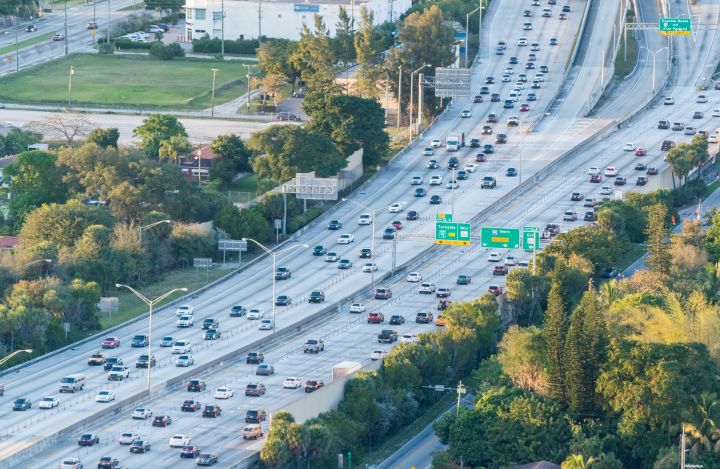
Otonomo, a Herzliya, Israel-based startup, gathers data generated by connected cars currently on the road. The data, collected directly from automakers and auto industry equipment providers, can be combined in standard formats for use by a wide range of companies, agencies, and organizations. Otonomo recently raised $12 million in venture capital to scale up its technology and its business, TechCrunch reports.
According to Amit Karp, vice president of Bessemer Venture Partners, the leader in the funding round, Otonomo, by collecting and distributing collective data from connected cars, “will help bring new products and services to automotive and adjacent industries like insurance, smart cities, transportation and travel, or finance.”
Otonomo cleans up the collected data for automakers and then helps them make deals with municipalities and commercial services. According to Otonomo’s CEO and co-founder Ben Volkow, cities could use the data to place signage and control traffic lights for optimal safety, local companies could send coupons over the air to cars driving toward their locations, and insurance companies would receive driver and vehicle data directly from the vehicle itself in case of an accident.
Compliance with local, state, and national laws and business regulations to protect individual driver privacy and to work within all applicable legal and regulatory parameters is essential, and Otonomo has a continuously updated rules and laws policy engine that assures automakers or anyone else who uses the data they’re operating within the law.
According to Otonomo, “Drivers enjoy a new driving experience with full visibility and control over the services and applications enabled, and the data shared by their vehicles.”
Volkow also said carmakers want to work with Otonomo to develop a path to monetizing collected data, i part because Otonomo doesn’t compete with their core business — building and selling vehicles. As Karp said, “Otonomo is a neutral third party …”
Editors' Recommendations
- Fake engine noises in electric cars need to die
- Cruise autonomous vehicle drives over woman just after she was hit by another car
- This $3 USB adapter fixed all of my Apple CarPlay connection problems
- Uber riders, in-car video ads are coming
- We need more 7-passenger EVs, but the 2023 Mercedes EQS SUV has room to improve




